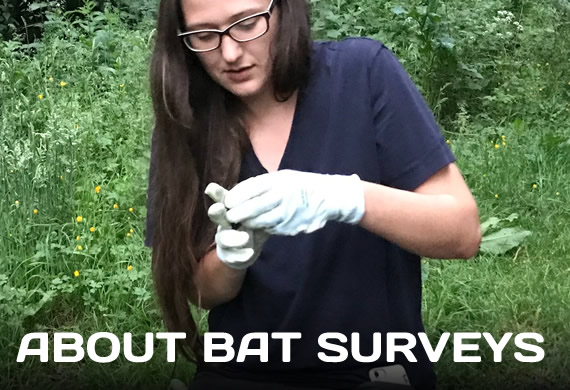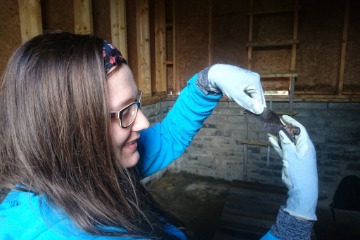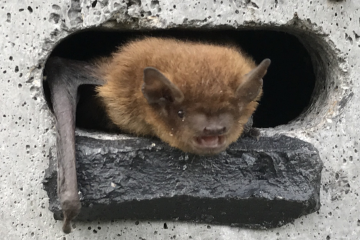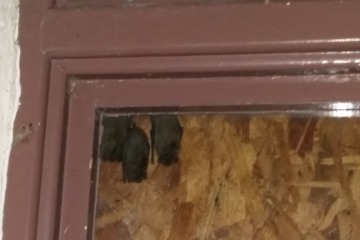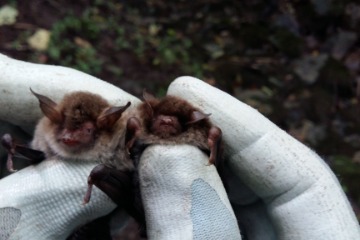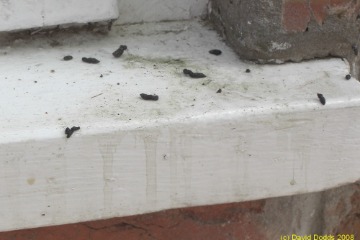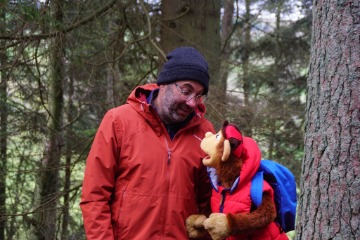Bats in buildings
Assessing a
property for bats involves looking for signs of bat roosts (which are not
always apparent), assessing the structure for the potential to be used by
roosting bats, considering whether the surrounding habitat is suitable for bats
and whether there are any records of roosting bats on site or nearby.
SIGNS OF BATS
Bat droppings often accumulate below the
entrance to a bat roost or under the area of the roof where the bats
accumulate.
Bat droppings are blackish, cylindrical and
slightly knobbly. They are between 6 and 12mm long and 1-3 mm in diameter.
Unlike mouse droppings, if squashed or rubbed they tend to crumble to powder.
Other signs include urine spots on glass, greasy smear-marks at the roost entrance and “chittering†noises in warm weather or in summer.

